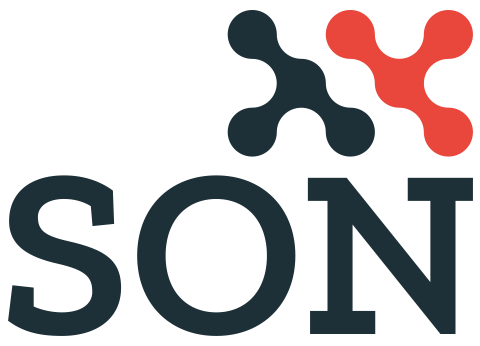
Regulations affecting the use of nanomaterials in cosmetics are changing. EU Regulation 2024/858 has just been published. This long-awaited decision was taken following recommendations made by the EU Scientific Committee on Consumer Safety (SCCS).
New regulations on nanomaterials and cosmetics
This new regulation is a true milestone in the world of cosmetics. As it stands, the use of certain nanoparticles in cosmetics is prohibited by law. What this means specifically is that they’re included in Annex II of the Regulation, which lists the substances currently prohibited in beauty products.
A total of twelve nanomaterials are included. This concerns the following:
- Styrene/Acrylates Copolymer,
- Sodium Styrene/Acrylates Copolymer,
- Copper,
- Colloidal Copper,
- Colloidal Silver
- Gold,
- Colloidal Gold,
- Gold Thioethylamino Hyaluronic Acid,
- Acetyl heptapeptide-9 Colloidal Gold,
- Platinum,
- Colloidal Platinum,
- Acetyl tetrapeptide-17 Colloidal Platinum.
When the new Regulation will apply
Companies in the sector will have to move quickly to comply — no products containing these nanomaterials can be sold after 1st February 2025. Producers and importers will have until then to adapt their formulations and labelling.
The distribution of these products in the European Union will cease in November 2025.
View the new Regulation here.
Toothpaste and nanomaterials
The Regulation also adds nano-hydroxyapatite to Annex III of the Cosmetics Regulation, thereby restricting its use. This primarily concerns toothpastes and mouthwashes.
It imposes limits on levels of nano-hydroxyapatite and prohibits its use in products whose use could lead to inhalation and thus exposure to the lungs.
Products containing nano-hydroxyapatite will also need to meet strict criteria regarding particle shape and surface. Naturally, SON is always available to help industry professionals carry out these now necessary characterisations. Don’t hesitate to get in touch!

